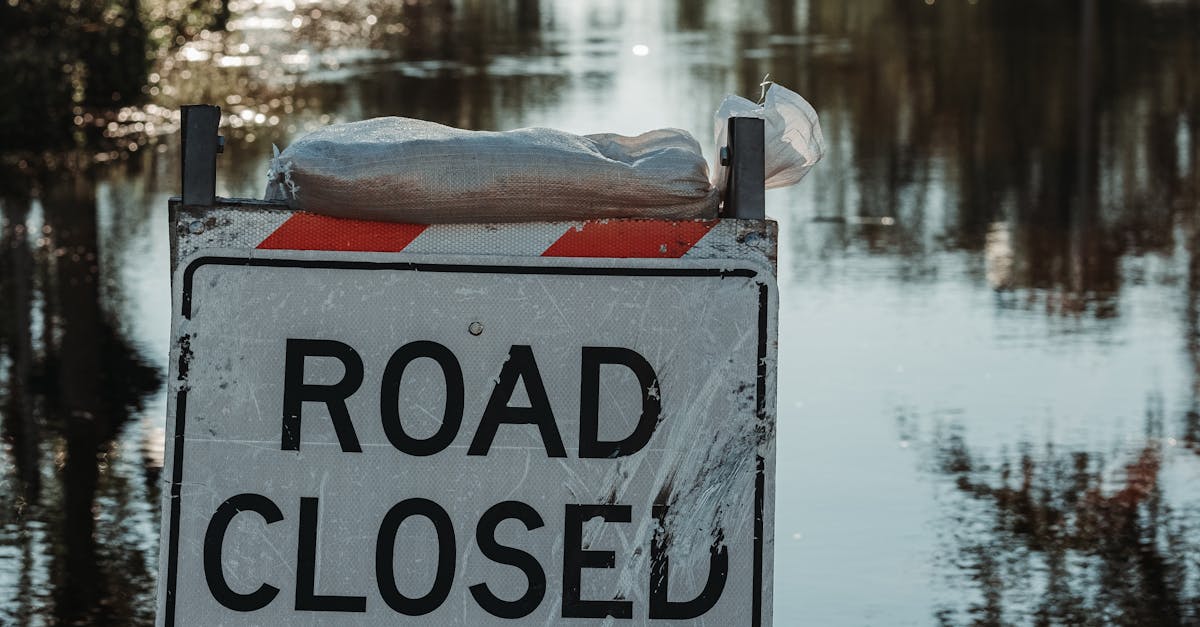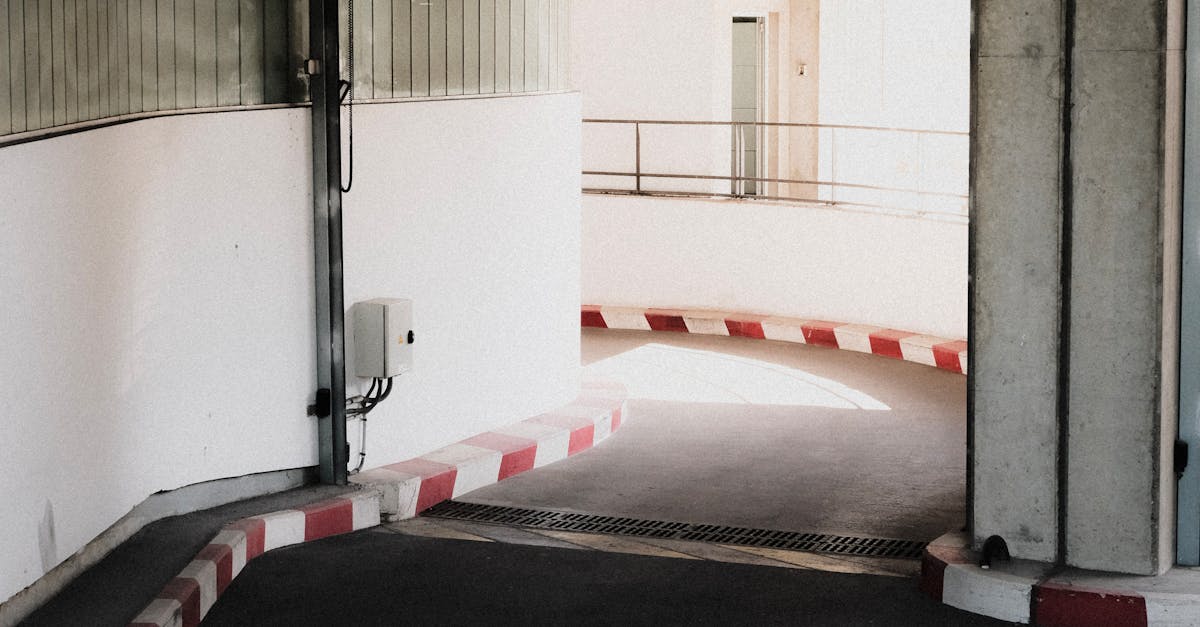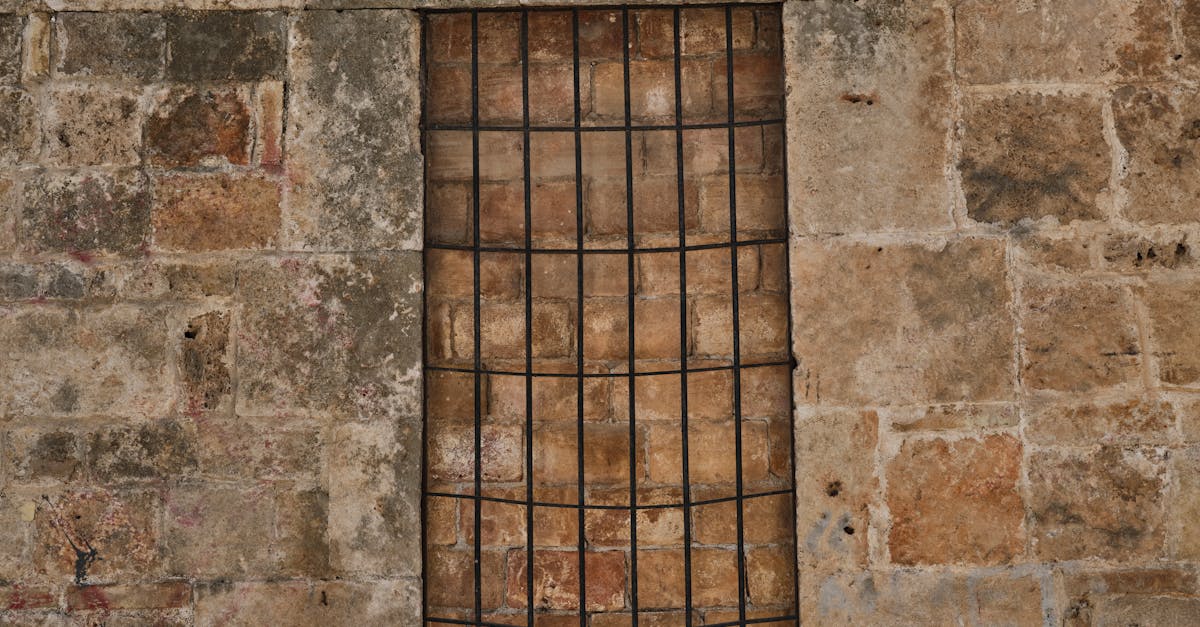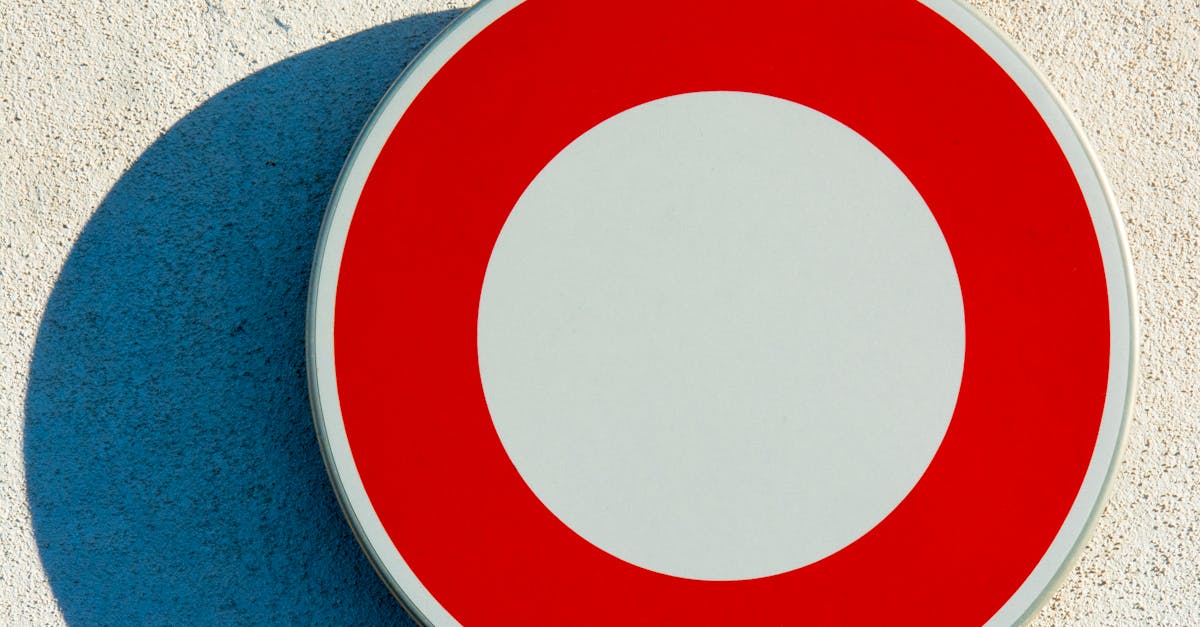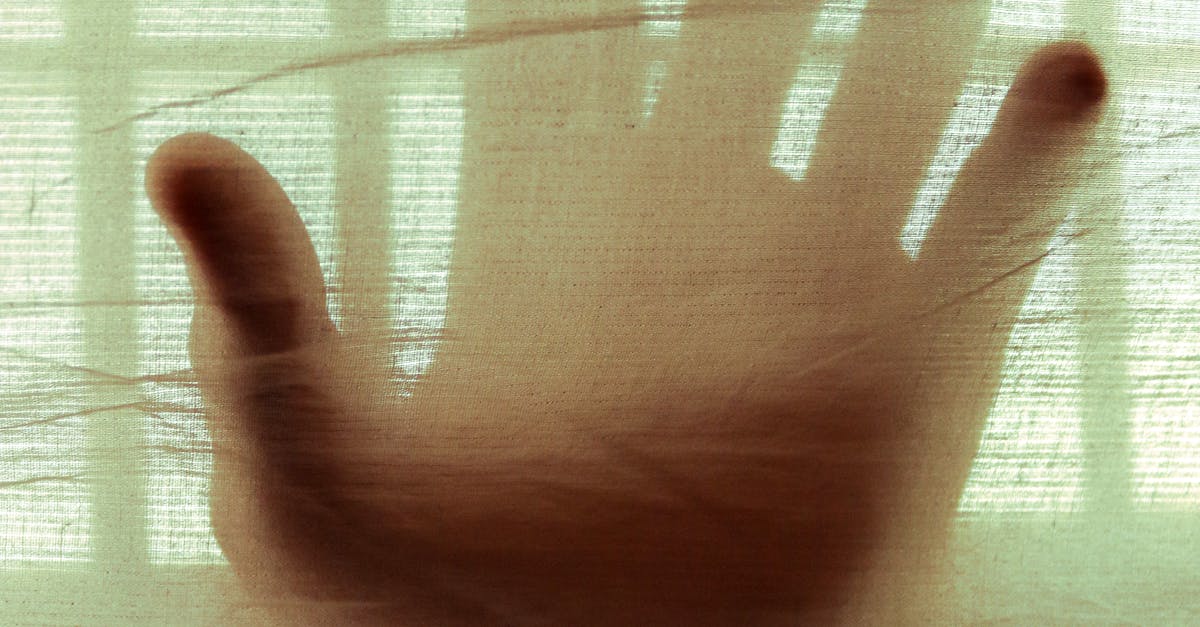
Table Of Contents
DIY Repair Techniques
Addressing a burst pipe requires prompt action to minimize damage. For a straightforward DIY repair, start by locating the source of the leak. If it’s a small crack or hole, applying a pipe repair clamp or using epoxy putty can be effective temporary solutions. Cut a piece of rubber from an old hose and secure it with hose clamps around the damaged area. This method can provide a seal until a more permanent repair or replacement can be arranged.
For more significant leaks, consider using a pipe repair sleeve. Cut the sleeve to size and place it over the compromised section. Secure it tightly using tape or additional clamps to ensure it remains in place. These techniques can be effective for burst pipe repair in both metal and plastic pipes. While these DIY methods can help in an emergency, consulting a professional plumber is advisable for extensive damage and long-term solutions.
Tools Needed for Pipe Repairs
When attempting a burst pipe repair, it's essential to have the right tools on hand to ensure the process goes smoothly. A pipe wrench is vital for tightening and loosening fittings, allowing for better control during the repair. Additionally, a hacksaw can be useful for cutting through damaged sections of the pipe. A set of pliers, particularly adjustable ones, can help with grasping fittings and maneuvering the pipe into place. Don’t forget a measuring tape to ensure you cut new pipes to the correct length.
Other tools that can assist in a successful burst pipe repair include a propane torch, which is necessary for soldering copper pipes, and a pipe cutter for neater, cleaner cuts. It's wise to keep a tube of plumber's putty or Teflon tape handy, as these can help seal joints and prevent leaks. Having a bucket or basin nearby will catch any residual water during the repair process. Being prepared with the right equipment not only simplifies the task but can also help avoid a mess.
Preventing Future Pipe Bursts
Preventing future pipe bursts requires a proactive approach to home maintenance. Regular inspections of plumbing systems can help identify weak spots. Homeowners should pay attention to changes in water pressure or unusual sounds within the pipes. Insulating pipes that are exposed to cold air is essential in colder climates. This simple step minimizes the risk of freezing, which often leads to burst pipe repair.
Proper drainage around the home's foundation is crucial for pipe integrity. Ensuring gutters are clean and downspouts direct water away from the house reduces moisture buildup. This practice protects pipes from potential damage caused by shifting soil and excess water pressure. By staying vigilant and conducting routine checks, homeowners can significantly lower the chances of needing burst pipe repair in the future.
Maintenance Tips for Homeowners
Regular maintenance plays a crucial role in preventing issues that could lead to a burst pipe repair. Homeowners should routinely inspect their plumbing systems for signs of wear, such as corrosion or leaks. Ensuring that joints and fittings are tight can help avoid pressure buildup. Keeping an eye on water quality is also essential, as hard water can cause scale buildup that weakens pipes over time.
Temperature fluctuations can strain plumbing systems, especially in colder climates. To safeguard against this, homeowners should insulate exposed pipes in unheated areas. Draining outdoor hoses and covering faucets during winter can further reduce the risk. By taking these proactive measures, the chances of needing a burst pipe repair decrease significantly.
Understanding Insurance Coverage
Homeowners insurance often covers damage caused by burst pipes, but the specifics can vary significantly among policies. Typically, a standard policy includes protection for water damage resulting from sudden and accidental incidents, which should encompass the repair costs for a burst pipe. However, it is essential to review the individual terms and conditions to understand any exclusions or limitations, such as coverage for maintenance-related failures.
When dealing with burst pipe repair claims, timely reporting is crucial. Insurance companies usually require that homeowners inform them promptly about the incident to qualify for coverage. Documenting the damage through photos and maintaining receipts for any repairs can facilitate the claims process. Understanding these nuances can help homeowners better navigate their policies and ensure they receive the coverage they need.
How Homeowners Insurance Applies to Burst Pipes
Homeowners insurance often covers the damage caused by a burst pipe, but the specifics can vary based on the policy. Many standard policies will address the repair costs associated with water damage from a burst pipe. It's essential for homeowners to carefully review their coverage details to understand the limits and exemptions, particularly regarding what might be classified as maintenance neglect versus sudden damage.
For those facing the aftermath of a burst pipe, documenting the damage and the cause can be crucial when filing a claim. Insurance providers typically require proof of the incident, including photographs and repair estimates related to burst pipe repair. Being prepared with this information can expedite the claims process and help secure the necessary funds for repairs and restoration.
FAQS
Can a burst pipe be repaired by a homeowner?
Yes, a homeowner can repair a burst pipe using DIY techniques if they have the right tools and experience, but it may be advisable to consult a professional plumber for more complex issues.
What tools are typically needed for repairing a burst pipe?
Common tools needed for pipe repairs include a pipe wrench, soldering torch, pipe cutter, epoxy putty, and Teflon tape. Having these tools on hand can make the repair process smoother.
How can I prevent future pipe bursts in my home?
To prevent future pipe bursts, homeowners should regularly inspect their plumbing system, insulate pipes in cold areas, maintain proper heating during winter, and keep an eye on water pressure.
What maintenance tips can homeowners follow to avoid pipe issues?
Homeowners can avoid pipe issues by regularly checking for leaks, keeping gutters and downspouts clear, ensuring proper drainage, and scheduling routine plumbing inspections.
Does homeowners insurance cover damage from burst pipes?
Yes, most homeowners insurance policies cover damage from burst pipes, but coverage can vary. It’s important to review your policy and speak with your insurance agent to understand the specifics.

